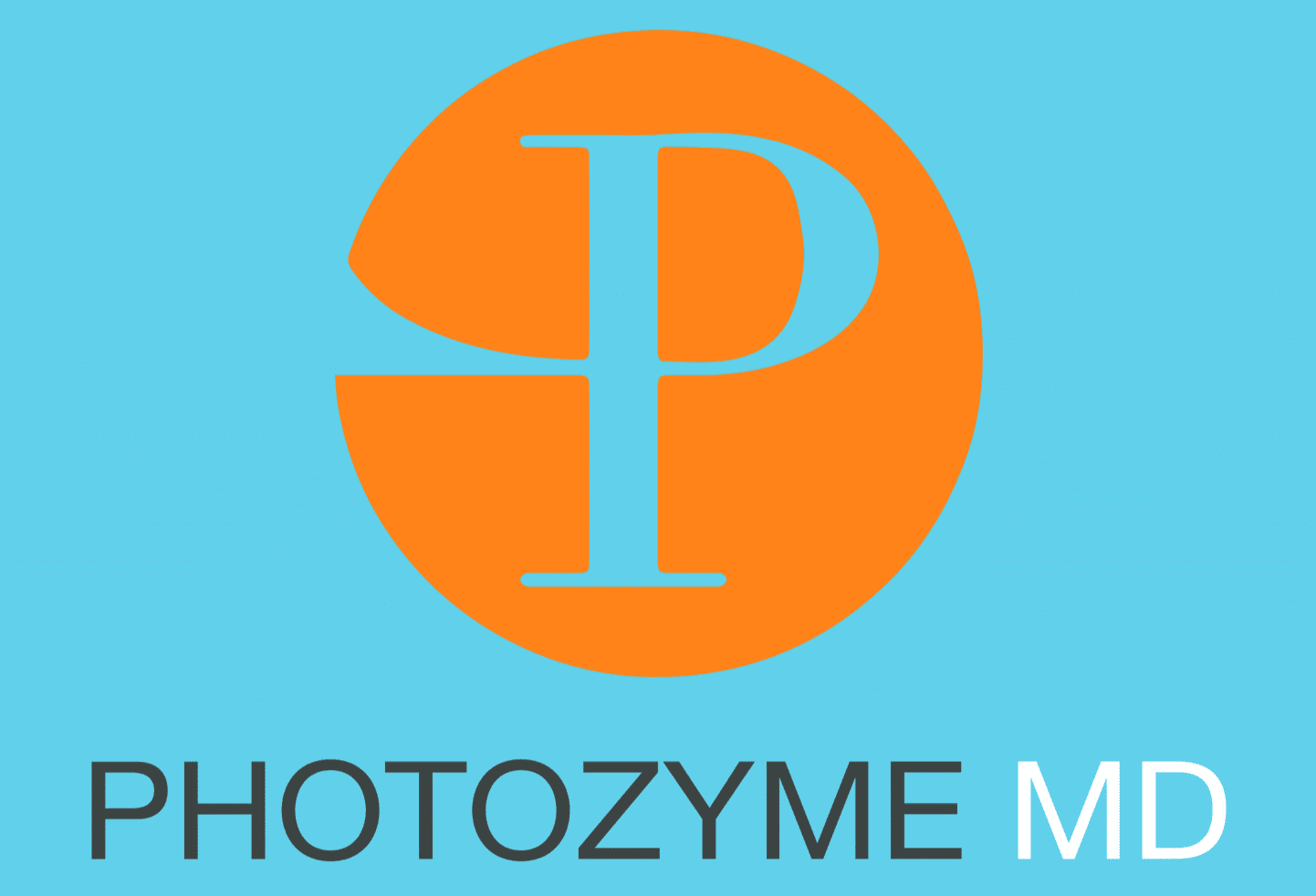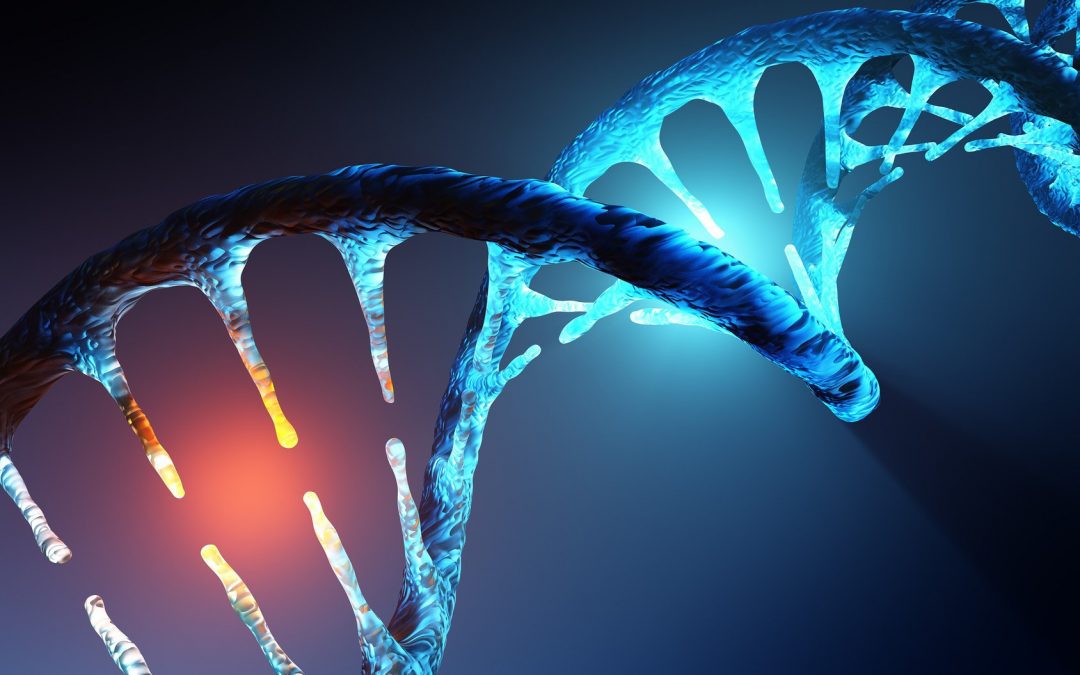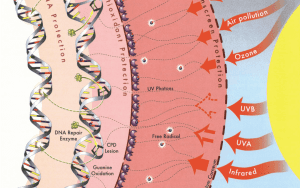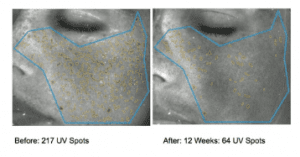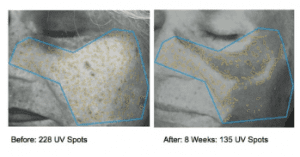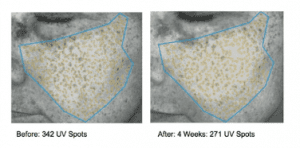DNA as known as deoxyribonucleic acid, is the fundamental building block for an individual’s entire genetic makeup. It is a component of virtually every cell in the human body including our skin. Our DNA is the same throughout our whole body but is completely unique to us (except for identical twins).
Where is DNA located in the cells?
Most of the DNA is stored in the cell nucleus. And some of it stored in the mitochondrion which generate the energy within the cell.
DNA is packed tightly in the nucleus of your cells as chromosomes. A chromosome is a thread-like structure that has DNA coiled around proteins called histones.
What are the roles of DNA in our skin?
DNA has many roles in skin cell function, including directing metabolism, storing the information of heredity, and sensing cell danger.
Damage to DNA is correlated with, and probably a major cause of skin ageing.
What causes DNA damage, and what does it look like?
Our skin cells are located on the surface of the body, which makes them a prime target for UV damage. But our skin cells have a natural ability to protect; when they detect DNA damage taking place, they send alarm signals to cells which produce melanin, telling them to produce more pigment. It is this pigment that helps to prevent further damage.
However, our skin cells can’t keep up with repairs when UV exposure is too frequent and powerful. Also, as we age our skin’s natural ability to repair decreases. In these cases, too many irreparable genetic changes have taken place and this permanently damaging the skin.
DNA DAMAGE:
- accelerates premature ageing
- encourages irregular skin tone and texture
- increase our risk of hyperpigmentation
- can lead to skin mutations
It is important if you have any concerns about your skin, such as a new or changing mole or freckle, to seek further advice through your GP.
Is it just UV damage that impacts our DNA?
UV Damage is the main cause of DNA damage. The more often you expose your skin to the sun; the higher your risk of DNA damage. DNA damage is not indicated by burning, so even a darker skin who never burns is still at risk of DNA damage with exposure to UV.
Oxidative stress is also a cause so such factors as pollution and smoking.
How can we prevent DNA Damage?
Of course, the most obvious thing is to remove the source of damage. So, stay out of the sun. But this is not realistic for many people who enjoy being outdoors. So, then it comes down to limiting and managing the exposure. Such as:
- Avoiding the mid-day sun
- Wearing protective clothing and a hat
- Wearing a high factor broad spectrum SPF
- Using DNA Repair Enzyme skin care
SPF protects our exposure to the UV Damage but does not repair it. DNA Repair enzymes work to repair past, present and future DNA Damage and provides faster DNA recovery.
Meaning that we benefit from:
- reduced premature ageing
- Improve skin texture and tone
- Improve the overall ‘wellness’ of the skin – focusing on healthy skin
- Increases the skin’s ability to regenerate
RESULTS
Find Out More
To find out more about DNA, DNA damage or how DNA repair enzymes work contact us on 01132253938 or email photozymeuk@gmail.com
